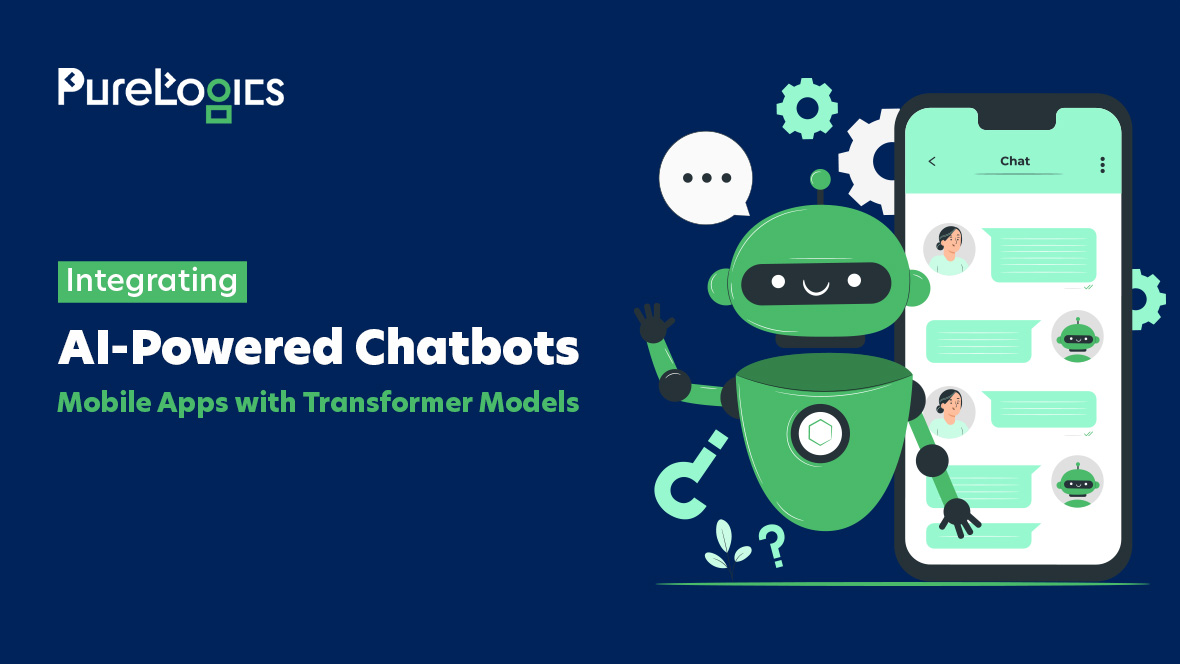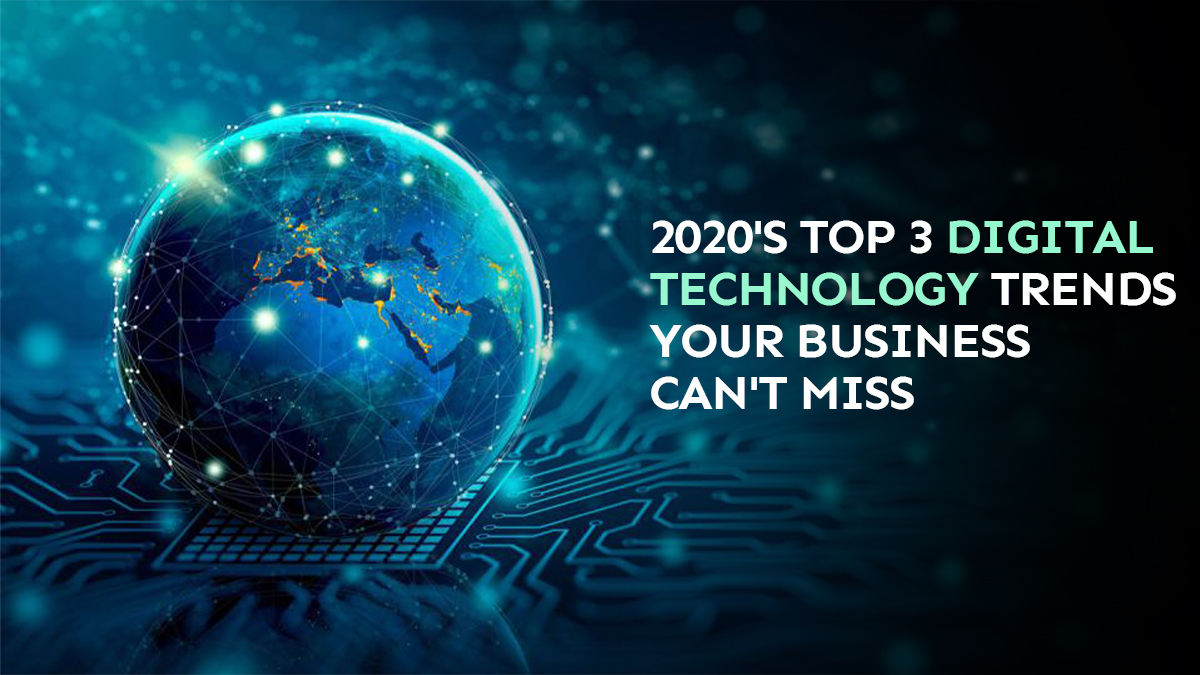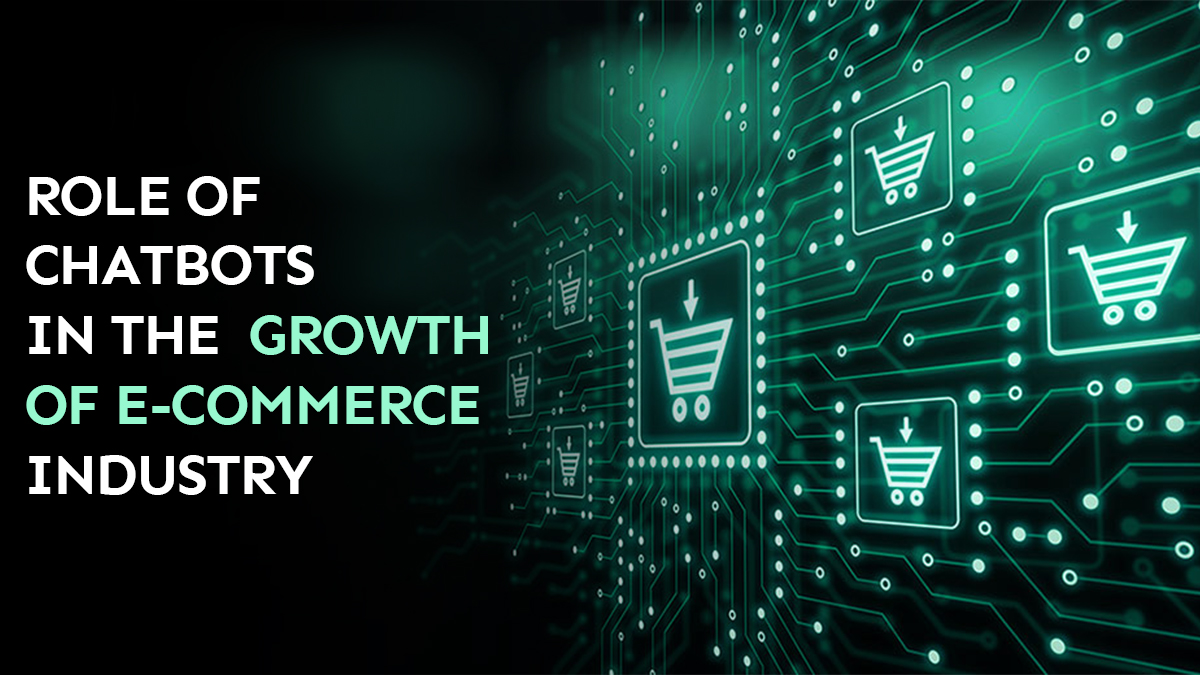Chat-bots are conversational AI tools that are capable of performing the duties of a human being, such as replacing a personal assistant and taking care of many manual tasks like booking tickets, managing calendars, placing food orders, making reservations, etc. These have helped solve myriad business problems across many industries, such as e-commerce, banking, healthcare, legal, telecom, logistics, travel, retail, auto, leisure, finance, sports, insurance, entertainment, media, and many others, and help you save time and increase efficiency. Chatbots can usually interact through speech and text. A text-based chatbot communicates via conventional conversation, i.e., text messages.
How Does A Chat-Bot Operate?
Chatbots are built using machine learning and artificial intelligence algorithms and NLP concepts. AI helps instill human intelligence into chatbots. Machine learning (ML) is a branch of artificial intelligence that allows chatbots to learn from their interactions with the environment and users.Natural Language Processing (NLP) helps chatbots contextually understand human inputs. So a chatbot typically accepts and interprets the input and provides a relevant response to the output. This may appear simple on the surface, but it is extremely complicated in practice.
Input Interpretation:
In order to understand what the user said, the bot uses pattern matching of user input and classification of the intents with Natural Language Processing (NLP). Pattern matching is simple and easy, but still hard to maintain with flexible inputs at a large scale. Extraction of intent from what is being said is done using machine learning to interpret the inputs and is harder to implement. Here comes the concept of entities, intents, and actions.
Entities are specific mappings of the spoken word combinations in human discourse to standard phrases explaining their meaning. Intents are the prediction of workflow and map the user’s input to a corresponding bot action. Actions are the steps that a bot is capable of performing as a result of an intent. This can also be seen as key-value mapping, i.e., keeping track of the current implications of entities and differentiating the meanings and intents of phrases.
Preparing for Output:
We have looked at a bot’s language comprehension method; let’s see what the typology of bots is when it comes to responding to input. Chatbots are purpose-built, and their ways of responding differ from each other. A bot can either be strictly specialized in one domain known as the “closed domain bot,” e.g., weather forecasting, or it could just be a general conversationalist known as an “open domain bot.”
Responses from chatbots can be of two types. They either retrieve the predefined response for the user or generate the response corresponding to the input.
A retrieval-based response can either be static or dynamic. A static response is more like a template filling, where for every input, the machine has a corresponding answer, and a dynamic response is knowledge-based; it returns a list of possible responses with a score of relevance. The machine answers with the response that has the best score.
This has to be kept in mind because closed domain bots are only designed to handle a finite set of queries, and we cannot engage in general conversations with them. Open-domain bots, on the other hand, are mainly focused on imitating real-life conversations, which can be about any topic. They do not need to have a clear understanding of what the input is, so they do not retrieve entities and intents, nor do they need to keep track of the context. Their basic focus is to entertain or to answer general FAQ-style questions.
What is the distinction between Bot Frameworks and Bot Platforms?
The two terms “bot platform” and “bot framework” are often confused with each other. A bot platform provides a base to deploy and run the bot application. whereas a bot framework helps developers build and integrate various components in their bot application. The Bot Development Framework is a set of predefined functions and classes that make development fast. Simply put, beginners or non-technical people can develop bots without coding through the bot platform, while developers and coders use bot development frameworks to build bots from scratch using the programming languages allowed by the framework.
Bot platforms offer a toolkit to allow users to rapidly create robust bots, deploy them on the messaging platforms available, and connect them to APIs, but they have limited functionality and very little or no features of NLP. They can be seen as online ecosystems where chatbots can be deployed and interact with users, perform actions on their behalf, and interact with other platforms. We’ve listed a few popular chatbot platforms, along with their benefits and drawbacks.
5 Popular Non-Programming Bot Platforms
CHATFUEL
Anyone with no knowledge of coding can create his or her own bot on Facebook Messenger using Chatfuel. Its features include simple drag-and-drop, adding content and sharing it automatically, gathering information inside Messenger chats with forms, and letting users request info and interact with the bot with buttons. It is completely free to make a bot on the chatbot platform; however, advanced features come with a price. Many multinational corporations, including Adidas, MTV, British Airways, and Volkswagen, use Chatfuel for their Facebook Messenger chatbots; currently, 46000+ chatbots use Chatfuel.
Botsify
Using botsify’s custom templates along with drag-and-drop functionalities, easy integrations via plugins, smart AI, machine learning, and analytics integration features, anyone can create bots on Facebook Messenger, WhatsApp, and Instagram without writing a single line of code. Even the free version comes with 20 templates. The number increases as you upgrade. Botsify provides human takeover capability for a smooth transition from a bot to a human, and users can make use of emojis in their conversations. The Botsify platform is free for one bot and payable thereafter. It is estimated that over 40000 bots are using it.Famous companies using botsify are Apple, Shazam, Grin, Travelex, RemoteInterview, and Unicef NZ.
FLOW XO
Flow Xo lets users run and test the functionalities of their bot with a built-in test console. It’s the only chatbot platform to provide over 100 integrations and offer templates and tools to create talking bots for WhatsApp Web, Facebook Messenger, Slack, Telegram, and Twilio SMS. Using Flow XO, users can build bots once for many platforms. With pre-built templates for a quick start, it helps save a lot of time. Its free version is limited to a certain number of conversations. A subscription has to be made for further use.
KITT.AI
Kitt.AI is equipped with hot word detection, natural language understanding, semantic parsing, a conversational engine, a neural network-powered machine learning model, and a drag-and-drop interface. KITT. AI supports use cases like home automation and commerce and can be integrated with web and mobile apps. It can be utilised to build standalone chatbots for Alexa, Facebook Messenger, Kik, Skype, Slack, Telegram, and Twilio.
MANYCHAT
ManyChat is popular among marketers because of its growth tools that help convert anyone into a subscriber. Developing a ManyChat bot is like creating an email workflow or sequence. Users can broadcast content or create flow-based communications. It is free for up to 500 subscribers and then starts at $10 per month for a paid plan.
6 prominent bot frameworks
Microsoft Bot Framework
MicroSand Facebook Bot Framework was declared at almost the same time. Microsoft’s SDK can be viewed as two components that are independent of each other.
- Bot Connector, the integration framework
- Language Understanding Intelligent Service, the natural language understanding component
The Microsoft Bot Framework can be integrated with Slack, Facebook Messenger, Telegram, Webchat, GroupMe, SMS, email, and Skype. Also, there is a PaaS option on Azure, just for bots. Microsoft Bot Framework is a comprehensive offering to build and deploy high-quality chatbots for users to enjoy their favorite conversation experiences. It offers SDKs for multiple computer languages, usage of existing directories, prebuilt entities, machine learning speech-to-text capabilities, and is multilingual.
Drawbacks:
- The code is very complex and cannot be used easily for large applications.
- It is highly dependent on Microsoft services and cannot be hosted on non-Microsoft platforms.
- Development can only be done on the Node.js or C# platforms.
Dialogflow
Previously known as API.ai, DialogFlow is a cloud-based bot development framework acquired by Google in 2016. Dialog Flow eliminates the headache of how to import, extract, install, and distribute bundled chatbots. Many programming languages are supported by its SDKs, including Node.js, Ruby on Rails, Android, iOS, C#, Python, Xamarin [3],.NET, and others.The bot can easily be embedded with Facebook, Messenger, Telegram, Viber, Kik, Slack, Cortana, Twitter, Twilio, and Cisco Spark with one-click channel integration. It lets developers connect to support systems such as Github, the Community, the Forum, and Email to allow them to draw on others’ expertise.
Dialog Flow has machine-learning-based training that checks user requests, helps identify the need, and matches that with an intent. This allows for error identification and change approval in real time, making it fast, efficient, and easy. It has 33 pre-built agents; it’s multilingual, supporting 15 languages, and it has machine learning text-to-speech capabilities.
Drawbacks:
- The documentation and tutorial bank are inadequate.
IBM Watson Conversation:
Watson is the pioneer and one of the most popular cognitive cloud services in the fields of artificial intelligence, machine learning, natural language processing and reasoning, speech recognition, sentiment analysis, and conversing. IBM has brought the power of that supercomputer into the cloud, creating a broad platform to help master countless tasks through IBM Watson conversations.
It is also quite expensive (around 2 cents per API call) and thus not a very good beginner’s tool. It is better to consider IBM Watson as a working solution if the use cases for it in the company will be broad and finitely defined. Other advanced features include 360-degree speech-to-text, text-to-speech question and answer, visual recognition security, omnichannel delivery, automated predictive analysis, a tone analyzer, WordPress plug-ins, multilingual support (10 current languages), and a language translator.
It also allows its users to make a chatbot for Watson conversations without writing the code while still taking advantage of the cognitive capabilities. Watson has an expansive Software Development Kit (SDK) for multiple programming languages, including Java, Python, iOS, and Node. It supports multiple conversation channels and a REST API, which makes it more acceptable and compatible.
DRAWBACKS:
- Watson conversation is quite expensive compared to Dialog flow and Amazon Lex.
- There are so many features, and it’s rather puzzling to choose what to use.
Wit.AI
According to a study, Wit.AI is trusted more by developers than any other bot-building platform. In April 2016, Facebook realised it had a Facebook Bot Engine based on Wit.ai technology. Wit.ai runs on its own cloud server, and the Bot Engine is a wrapper designed to deploy bots in the Facebook Messenger platform, so Facebook does not require another bot development platform as a social media network with a large user base.They can use Wit.AI and stay bound to Facebook Messenger. Facebook is adopting an advanced strategy with the Facebook Bot Engine to offer their developers a variety of specialised chatbots. It relies on machine learning. Anyone can feed the Bot Framework sample conversations, and it can handle many different variations of the same questions.
By April 2017, it had been used by 100,000 developers. Wit.ai allows using entities, intents, contexts, and actions, and it incorporates natural language processing (NLP). It is available for developers to use with iOS, Android, Windows Phone, Raspberry Pi, Python, C, and Rust; it also has a JavaScript plugin. Wit.ai supports about 50 languages, and it is free.
API.AI
API.ai is a web-based bot development framework. API.ai allows multiple utterances of intents and entities. Android, iOS, Webkit HTML5, JavaScript, Node.js, Python, etc. are the SDKs and libraries that API.ai provides for bot development. It works on the following principles:
- Agents: Agents correspond to applications. Once an agent is trained and tested, it can be integrated with the app or device.
- Entities: Entities represent concepts that are often domain-specific, like mapping NLP (natural language processing) phrases to approved phrases that catch their meaning.
- Intents: Intents represent a mapping between what is being asked by the user and what the machine should do.
- Actions: Actions correspond to the steps the applicant will take when the user triggers them through inputs.
- Contexts: Contexts are strings that represent the current context of the user’s expression. This is useful for differentiating phrases that might be ambiguous or have different meanings depending on what was said previously.
API.ai can be integrated with many popular messaging, IoT, and virtual assistant platforms. Some of them are actions on Google, Slack, Facebook Messenger, Skype, Kik, Line, Telegram, Amazon Alexa, Twilio SMS, Twitter, etc.
Aspect CXP and Aspect NLU
Aspect Customer Experience Platform (CXP) is a platform for designing, implementing, and deploying multichannel customer service applications. Aspect NLU is a component that gives humans the sense of human language. The approach adopted by Aspect NLU thoroughly differs from that of Wit.ai, API.AI, and the Microsoft Bot Framework. Aspect NLU brings a human-like conversational tone to self-service dialogues on Facebook Messenger. This allows scaling through automation, with the robotic feel of chatbots. Aspect CXP makes it easy to design, implement, and deploy customer service applications like chatbots across multiple communication channels like text, voice, mobile web, social media networks like Twitter and Facebook, etc. It would be a good fit where we need to produce complex chatbots, customer service applications, and enterprise software. And it would be a poor fit for simple bots, embedded applications, and IoT applications.


 [tta_listen_btn]
[tta_listen_btn]
 September 10 2018
September 10 2018






